EV versus hybrid: Toyota’s CO2 hype analysed
Did Toyota’s recent claim that hybrids are a better way to quickly reduce CO2 emissions than EVs get your attention? It was hard to miss stories like ‘Why Toyota says buyers should think twice about electric cars’ run by news.com.au, one of Australia’s most-read news sites.
It was the kind of headline that might cause EV owners to wonder if they really are making much of a difference. And it could make those thinking about making the switch to EV reconsider their plans and choose a hybrid instead. One with a Toyota badge, maybe…
The motivation behind Toyota’s message isn’t too hard to see. They have plenty of hybrids for sale right now, but not one EV. For now, at least; the Toyota bZ4X is due in Australia late in 2022, although it’ll be expensive so likely not a big volume player.
Are the claims justified or not?
EV FAQ: Your electric car questions answered
READ MORE: Is an EV better for the environment?
REVEALED: Every new Toyota and Lexus EV due by 2030
READ MORE: Electric Toyota Hilux one step closer with Pickup EV concept
READ MORE: Toyota chief Akio Toyoda is wrong about EVs…
READ MORE: Aussie car industry warns against EV incentives, encourages CO2 standards
After taking a close look at the information behind the headlines it turns out that Toyota Australia isn’t telling blatant porky-pies. But they presented a trimmed and twisted version of the broad EV-versus-hybrid picture.
What Toyota Australia’s boss said…
In early January Toyota Australia president and CEO Matthew Callachor gave a press conference to announce it had been the most successful brand in Australia in 2021. This is a Groundhog Day kind of event. Toyota has been the nation’s Number One best seller every year since 2003.
After noting that Australians have bought exactly 242,272 Toyota hybrids since the first Prius was launched here in 2001, Callachor went on to explain what this meant for the environment. Here are the exact quotes from the official press release…
“According to our calculations, those 240,000 hybrids have had the same impact on reducing CO2 as approximately 72,000 BEVs.”

“Yet the volume of batteries we’ve used to produce these hybrid-electric vehicles is the same as we’d need for just 3500 BEVs.”
“In other words, we can say that the batteries need for 3500 BEVs have been used to achieve the CO2 emissions reduction effect of 72,000 BEVs.”
Show us the data…
It took some pestering of PR people to establish exactly where the evidence to support these statements came from.
The maths behind the numbers wasn’t done by anyone at Toyota Australia, it turns out. According to a company spokesman they’re from a presentation given in Japan last September by Masahiko Maeda, Toyota’s Chief Technical Officer.
Batteries and carbon neutrality was the topic of this media briefing, which Toyota helpfully uploaded to YouTube. It’s 90-plus minutes of Torture by Powerpoint.
Early in the presentation Maeda stresses that Toyota understands something that’s quite obvious; the extent of the environmental benefit of EVs depends hugely on how the electricity used to power them is generated.
On the PowerPoint slide behind him are two boxes outlining Toyota’s global strategy.
One reads…
“Areas in which renewable energy will be widely used going forward…
Rapid electrification: 1 BEV has the reduction effect of 3 HEVs”
The other reads…
“Areas in which renewable energy is already widely used…
Acceleration of the widespread use of ZEVs”
Toyota Australia simply flipped the equation. Instead of one battery EV having the reduction effect of three hybrids, they simply put it the other way round, saying 240,000 hybrids they’ve sold over the last 20 years have delivered the same benefit as one-third as many EVs.
What they neglected to mention…
But they forgetfully – or deceptively – failed to point out that this calculation is based on the assumption that the electricity powering the EVs generates a lot of CO2. To say that “…renewable energy will be widely used going forward” is just another way of saying that it isn’t being used right now.
It’s unclear exactly what grams of CO2 per kWh factor Toyota in Japan used to arrive at their ratio of three hybrids doing as much good as one EV. The global average figure for 2020 from the International Energy Agency, the most recent I could find, is 475g CO2/kWh.
This is well below Australian levels. Our national grid average is presently around 790g CO2/kWh, though there are big variations. Brown coal-burning Victoria is up at 980g CO2/kWh, while mostly hydroelectric Tasmania is just 170g CO2/kWh.

The real, though concealed, point that Toyota makes is perfectly valid; EVs are only as clean and green as the electricity that powers them. The company knows this.
“Toyota believes that the increased use of zero emissions vehicles, or ZEVs, such as BEVs and fuel cell electric vehicles, or FCEVs, is important in regions where renewable energy is abundant,” said Maeda while the PowerPoint slide mentioned earlier was on display.
Anywhere an EV is powered by renewable electricity it’s going to do way more good than three hybrids. While it’s true that EVs, and hybrids too, for that matter, require more energy to manufacture than a conventional ICE-powered vehicle, in all cases the vast majority of a car’s lifetime energy consumption occurs while driving them.
Going somewhere in an EV charged with renewable energy is creating roughly 0g CO2/kWh, while a RAV4 Hybrid consuming 4.7L/100km will emit a little over 22 tonnes of the greenhouse gas during its 200,000km lifetime.
In nations where renewables already provide the bulk of electricity going into the grid, like Norway and New Zealand, anyone using an EV is reducing CO2 in a big way.
But individual EV owners who opt to pay for 100 percent renewable energy or those with a big photovoltaic array and battery storage who generate and use their own power are probably emitting even less than a Kiwi or Norwegian. I suspect this covers the majority of Australian EV owners, as well as most of the public charging networks that have sprung up to serve them.
And the battery question?
Toyota’s argument that it’s smarter to use batteries in hybrids than EVs is more than a little disingenuous and more than a bit hypocritical.
If batteries actually were in scarce supply this might be a question worth thinking about, at least in places where dirty electricity generation makes hybrids relatively effective emissions reducers.
But batteries simply aren’t in short supply. Record Tesla sales worldwide in 2021 and booming EV sales in Europe and China attest to the fact that the battery-cell manufacturing industry is growing fast to meet increasing demand.
Also worth noting is that the majority of Toyota hybrids currently for sale in Australia use NiMH (nickel metal hydride) battery cells, which aren’t suitable for use in EVs.
Finally, a car maker like Toyota really shouldn’t be pointing the finger at EV manufacturers for resource wastefulness.
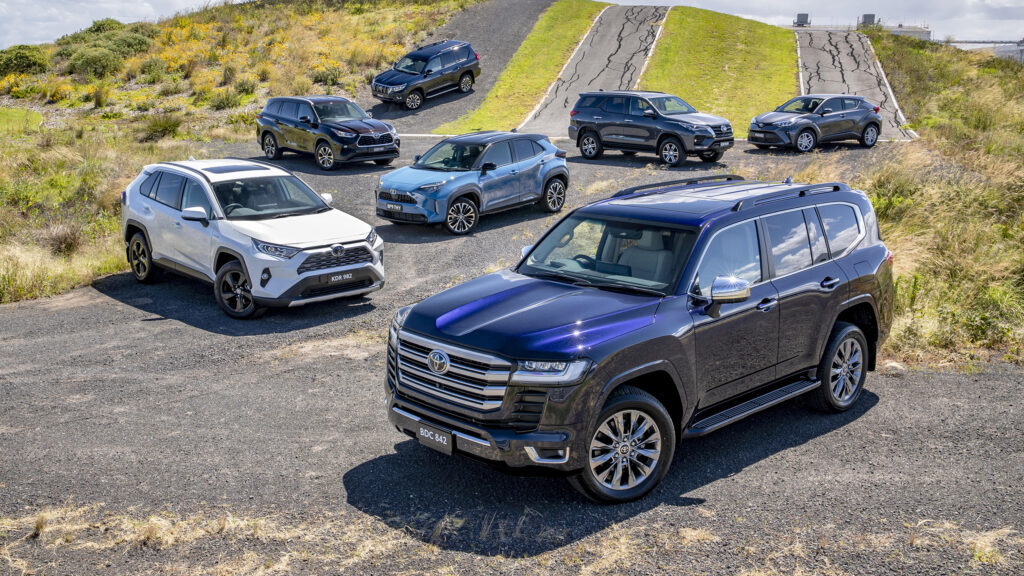
“If you’re recharging a 400km BEV every night for an average round-trip commute of around 40km, then you’re not getting any carbon-reduction benefit from 90 percent of the battery cells,” Toyota Australia boss Callachor said this month. It’s a point that’s been made before, by people like Gill Pratt, CEO and chief scientist of the Toyota Research Institute in the US.
My response to this argument is simple… LandCruiser.
Toyota has cheerfully profited for decades by selling a vehicle weighed down with expensive and efficiency-killing components that are seldom needed. I’ll bet that much of the 4WD hardware in the average LandCruiser remains unused way more than 90 percent of the time.

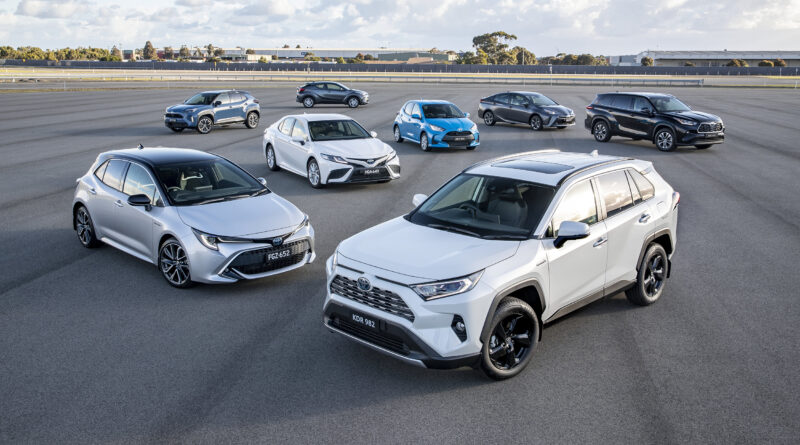
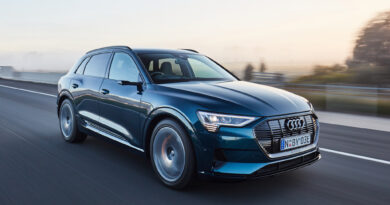
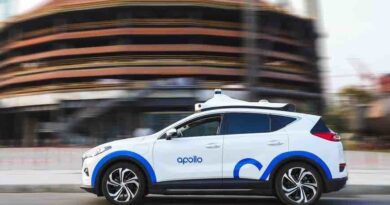
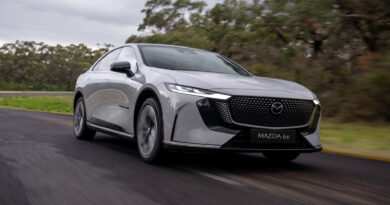
Well done, thanks
People banging on about Hybrids fail to add the amount of co2 it took to make a litre of petrol and multiply that by how many litres the fuel tank.
They seemed to be obsessed with how much co2 went into charging a EV when the power came from the dirty coal powered, power station and love pointing that out.
When you tell these same people you recharge your Ev via your home solar then their argument is and how much did that cost and how long did that take to pay off.